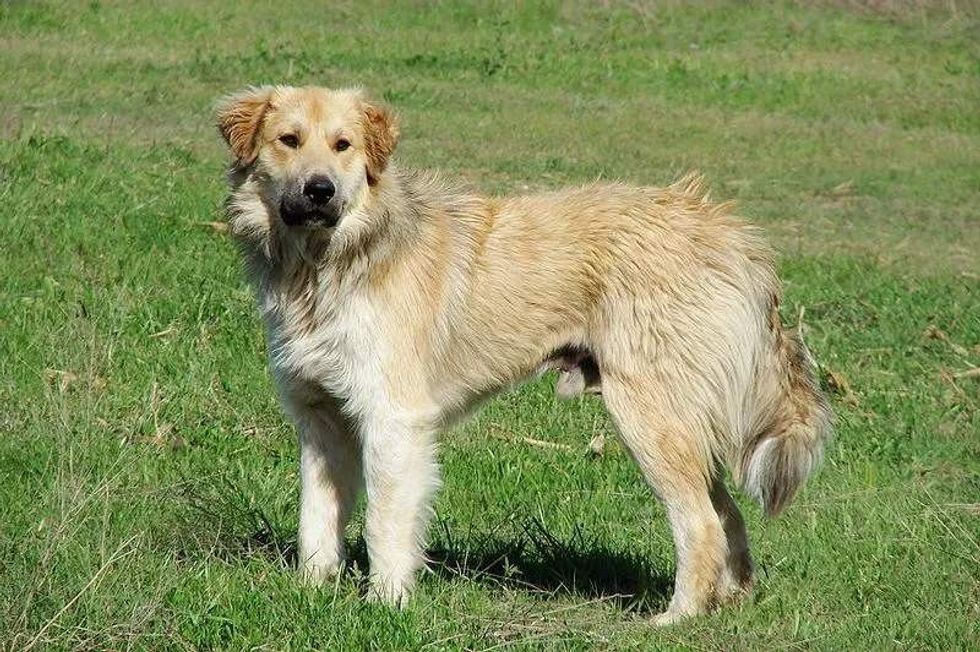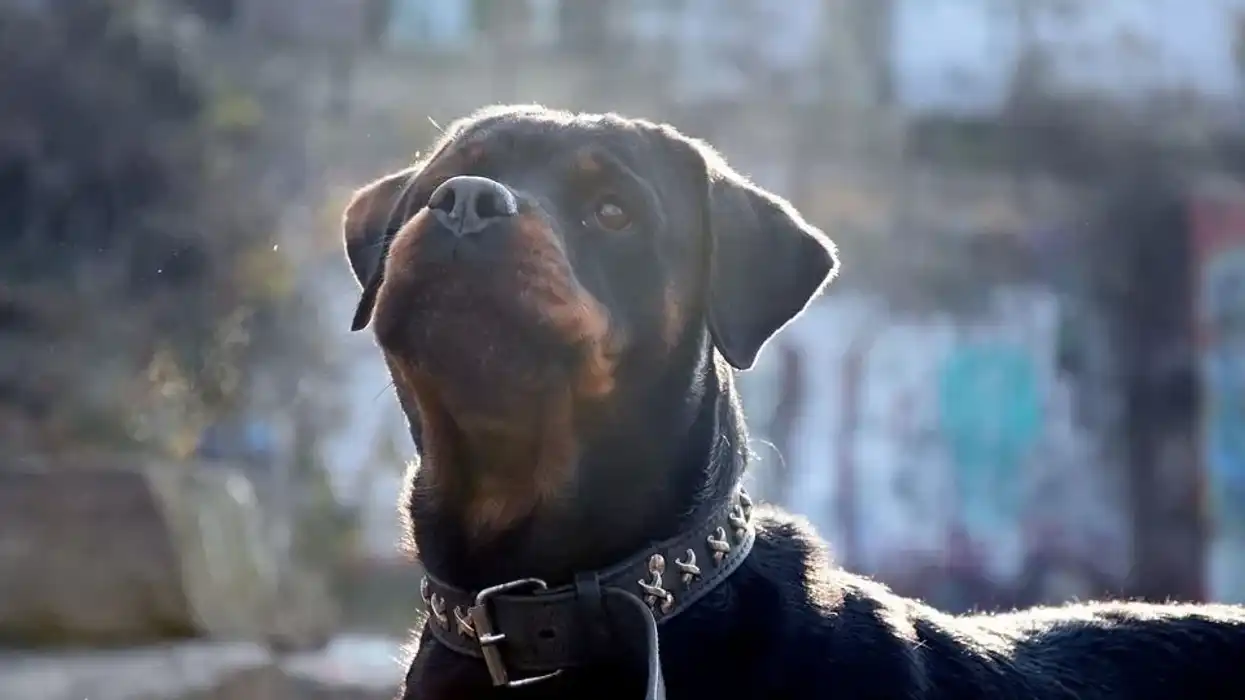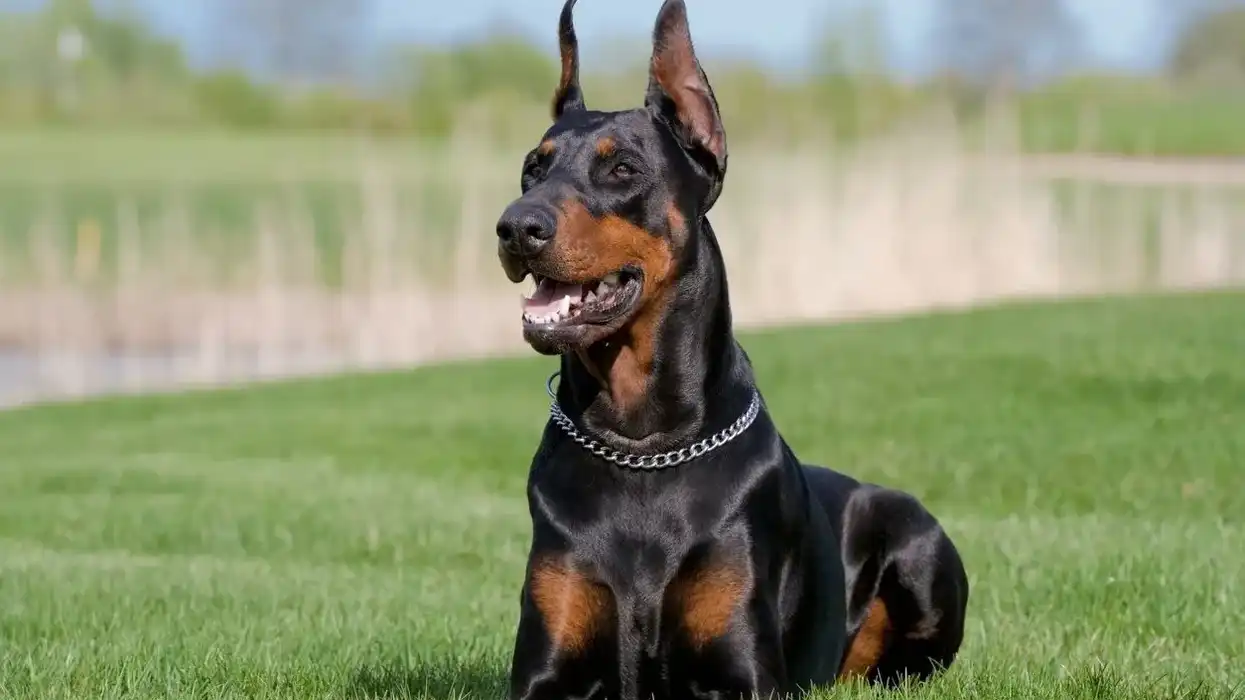Are you fascinated with the beauty of mountain dogs? If yes, then we have got one of the perfect dog breeds for you.
The Pyrenean Shepherd, or Pyr Shepherd, is one of the herding dog breeds present in the Pyrenees Mountains. These dogs are commonly found in southern France and also in parts of Spain.
They are also known as the smallest French herding dogs. The Pyrenean Shepherd breed is thought to be quite old, and they may share a close history with the Great Pyrenees Mountain dog.
Apart from being a great family dog, the Pyr Shepherd is still used as a herding or sheep-rearing dog in its native place. These dogs can handle large flocks of sheep and lead them to pastures, especially during the summer season.
The dog is available in two coat variants, the rough-faced with a longer coat and the smooth-faced with a shorter coat. The American Kennel Club (AKC) recognized the dog breed in 2009 as their 163rd breed.
The dogs also played a vital role in helping the soldiers during World War I, and this event also made them known to the world. Interested to learn more Pyrenean Shepherd facts?
Keep reading to get all the information! Also, check out the articles on Ken Kai and Central Asian shepherd dog.
Pyrenean Shepherd Interesting Facts
What type of animal is a Pyrenean Shepherd?
Pyrenean Shepherds are a type of dog.
What class of animal does a Pyrenean Shepherd belong to?
The Pyrenean Shepherd belongs to the class Mammalia.
How many Pyrenean Shepherds are there in the world?
No studies have yet been done to calculate the exact population of the Pyrenean Shepherd breed.
Where does a Pyrenean Shepherd live?
The Pyrenean Shepherd currently resides in the comfortable households of humans. However, they are a herding breed from the Pyrenees Mountains present in the countries of Spain and southern France. Hence, they are also found in the farmlands to look after livestock, but currently, this breed is mostly a loveable pet for many.
What is a Pyrenean Shepherd's habitat?
As the Pyrenean Shepherd belongs to the mountains, their coat makes them well-suited for cold temperatures. It also makes them sensitive to places that can be extremely warm. Compared to other Shepherd dog breeds, the Pyrenean Shepherd has a small size, which makes them perfect for apartment living.
Who do Pyrenean Shepherds live with?
The Pyrenean Shepherd is loveable and affectionate towards their family. They are quite good with kids, too.
However, this is one of the dog breeds that do not like to share its space with other pets. Hence, if you have dogs and cats, the Pyr Shep might not be the right choice for you. They are also a little aloof around strangers and may end up behaving badly with them.
Nevertheless, a proper training routine, right from the puppy stage, can help the Pyrenean Shepherd to socialize with other animals and human beings. They are great as both indoor and outdoor dogs.
How long does a Pyrenean Shepherd live?
The average lifespan of a Pyrenean Shepherd is around 15-17 years, which is great for a small dog.
How do they reproduce?
Like other domesticated dogs, the Pyrenean Shepherd bitches have two estruses (heat) cycles every year. Mating between a Pyrenean Shepherd dog and a bitch will lead to her conception.
She is pregnant for 58-68 days, after which she gives birth to a litter of around four babies. The Pyrenean Shepherd puppies are totally dependent on their mother for the first two weeks. The Pyrenean Shepherd puppies will have a similar coat color to that of their parents.
What is their conservation status?
The Pyrenean Shepherd is yet to make it into any conservation lists.
Pyrenean Shepherd Fun Facts
What do Pyrenean Shepherds look like?

When we look at the Pyrenean Shepherd breed, the first thing that arises is the two variants of the breed. The smooth-faced Pyrenean Shepherd and the rough-faced Pyrenean Shepherd, which are pretty similar. However, the main difference lies in their coat types.
The rough-faced Pyrenean Shepherds have a flat or a slightly wavy coat with long or demi-long hair. On the other hand, the smooth-faced Pyrenean Shepherds have a smooth and shorter coat throughout their body.
The smooth-faced variant also tends to be a little bigger compared to the rough-faced variant. We can also see a short undercoat in the smooth-faced Pyrenean Shepherd.
The texture of their coat is quite hard, and it is often described as sheep-like. The common coat color includes white, black, merle, brindle, and some may have a total black mask.
Even though these dogs are quite small, they have a long body and are cleanly boned. Their legs are rather bony than being muscular.
The lean body of this herding dog breed allows them to run long distances without getting tired. The tail of this breed is often docked; however, you can also leave it alone. The rough-faced dogs tend to have more hair on their limbs compared to the smooth-faced variant.
The American Kennel Club (AKC) describes the facial expression of the Pyrenean Shepherd as intelligent, alert, and a tad mischievous. The eyes of these dogs are usually brown in color, but they can also a blue/merle coat.
How cute are they?
Even though this herding dog breed is quite powerful, they still manage to look cute. Both the rough-faced and smooth-faced variants have a mischievous look to them, which makes them look charming.
How do they communicate?
Like their cousins, the Great Pyrenees, Pyrenean Shepherds also enjoy vocalizing themselves. Hence, the owners of these dogs will need to get accustomed to it.
Vocalization has always been a powerful tool for dogs, especially to gather sheep and other livestock.
Your Pyr Shep is also highly intelligent, so do not shy away from teaching them tricks and other communication cues to help them communicate better. If a Pyr Shep hasn't been neutered, they will use the scent of their urine to communicate with other dogs or to search for a potential mate.
How big is a Pyrenean Shepherd?
The average height of the Pyrenean Shepherd is about 15-18.5 in (38-47 cm) for the rough-faced dogs and about 15.5-20.5 in (39-52 cm) for the Pyrenean Shepherd smooth-faced dog. The size of the dog is perfect for their original use, which is for herding sheep.
They are definitely smaller than the Great Pyrenees Mountain dog, which has an average height of 25-32 in (65-80 cm).
How fast can a Pyrenean Shepherd run?
No conclusive data is found about the exact speed of the Pyrenean Shepherd dogs.
How much does a Pyrenean Shepherd weigh?
The average Pyrenean Shepherd weight is around 15-30 lb (7-14 kg).
What are their male and female names of the species?
The male Pyrenean Shepherd is called a dog, and a female Pyrenean Shepherd is called a bitch.
What would you call a baby Pyrenean Shepherd?
The baby of a Pyrenean Shepherd is called a puppy.
What do they eat?
The dogs of the Pyrenean Shepherd breed can eat up to 1.5 cups of high-quality food in a day. Their agile and strong bodies need protein-rich food.
You can feed them a mix of wet and dry food according to the size, age, and weight of the dog. Even though the Pyrenean Shepherd isn't prone to excessive eating or weight gain, it is always better to keep a check on their diet.
Are they hypoallergenic?
No! Science is yet to prove the claims of certain breeds being hypoallergenic in nature.
Most people are actually allergic to the dander or dry skin shed by animals. Though shedding is minimal in both the coat types, the smooth-faced Pyrenean Shepherds tend to shed lesser than the rough-faced dogs. You should still talk to a doctor before adopting a dog as your pet.
Would they make a good pet?
Yes, the Pyrenean Shepherd dog is an amazing family dog because of its affectionate temperament. These herding dogs have retired as sheep rearing dogs, but the adorable breed has made it into the households of many people.
The average cost of getting a Pyrenean Shepherd dog is around $800 - $1200. A merle or brindle Pyrenean shepherd may cost even up to $1500.
You should always try to get a dog from a responsible breeder that shares clear information about the legacy of the dog. Keep the Pyrenean Shepherd breed to the standard set by the Pyrenean Shepherd Club of America, and you should check for the puppy being a Pyrenean Shepherd mix.
This is a smart and intelligent breed, but they can often engage in mischief, so you should be ready to have a lot of activity from their side. They are one of the breeds with an excessive energy level, so you will need to take care of their exercise needs.
They need about 45-60 minutes worth of exercise every day. Even though they have a low-medium shedding level, grooming is important to maintain their coat.
This is especially true for the Pyrs with long hair. A bi-weekly brushing schedule will work well for the breed. Grooming should also include proper clipping of their nails and cleaning of their ears.
Yearly coat trimming can be done to keep their hair fresh and tidy. Standard grooming sessions from professionals may cost you around $30-$90, but it may change depending on the institution.
One of the good things about this breed is that it suffers from very few health problems. It may include hip dysplasia, eye problems, patellar luxation, epilepsy, and patent ductus arteriosus (heart condition).
Did you know...
The Pyrenean Shepherd is also know by the names of Chien de Berger des Pyrénées, Berger des Pyrénées, Labrit Petit Berger, and Pyrenees Sheepdog.
Contrary to popular belief, the Shetland Sheepdog is actually the smallest herding dog. However, the Pyr Sheps are the smallest French herding dogs.
How much do working Pyrenean Shepherd's run a day?
Pyr Sheps have been raised as herding dogs, so the breed is used to running for long miles, as they had to accumulate sheep and other livestock. It is said that a Pyr Shep can cover up to 25 miles in a day. Two dogs from this breed can easily handle up to 1000 sheep, almost effortlessly!
What were Pyrenean Shepherds used for in World War I?
The Pyrenean Shepherds have worked as courier dogs for carrying packs, and also as search-and-rescue dogs to help out soldiers during World War I. Some dogs even worked to deliver messages.
Here at Kidadl, we have carefully created lots of interesting family-friendly animal facts for everyone to discover! Learn more about some other mammals including the Yorkshire Terrier and the Australian Shepherd.
You can even occupy yourself at home by drawing one of our Pyrenean Shepherd coloring pages.









